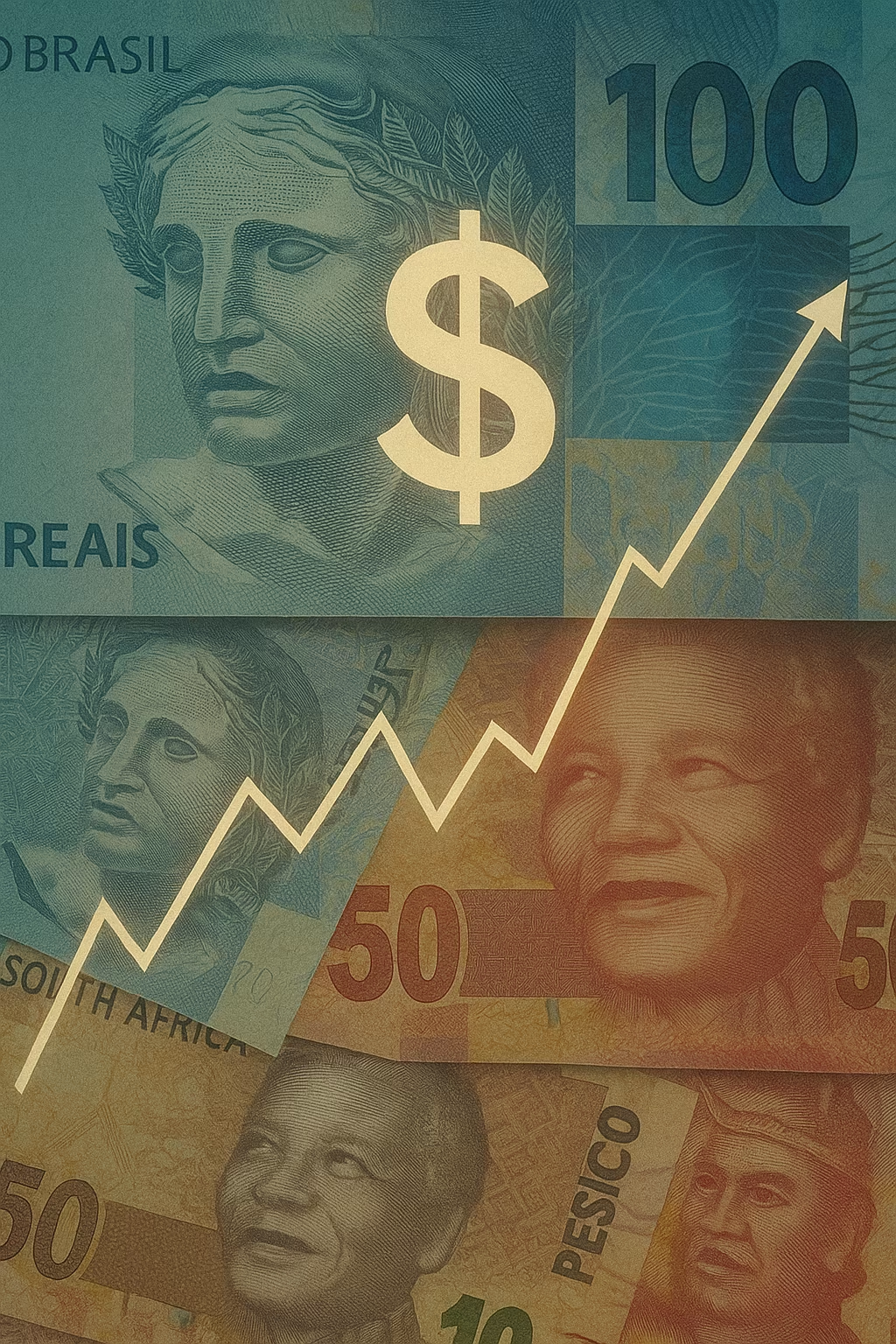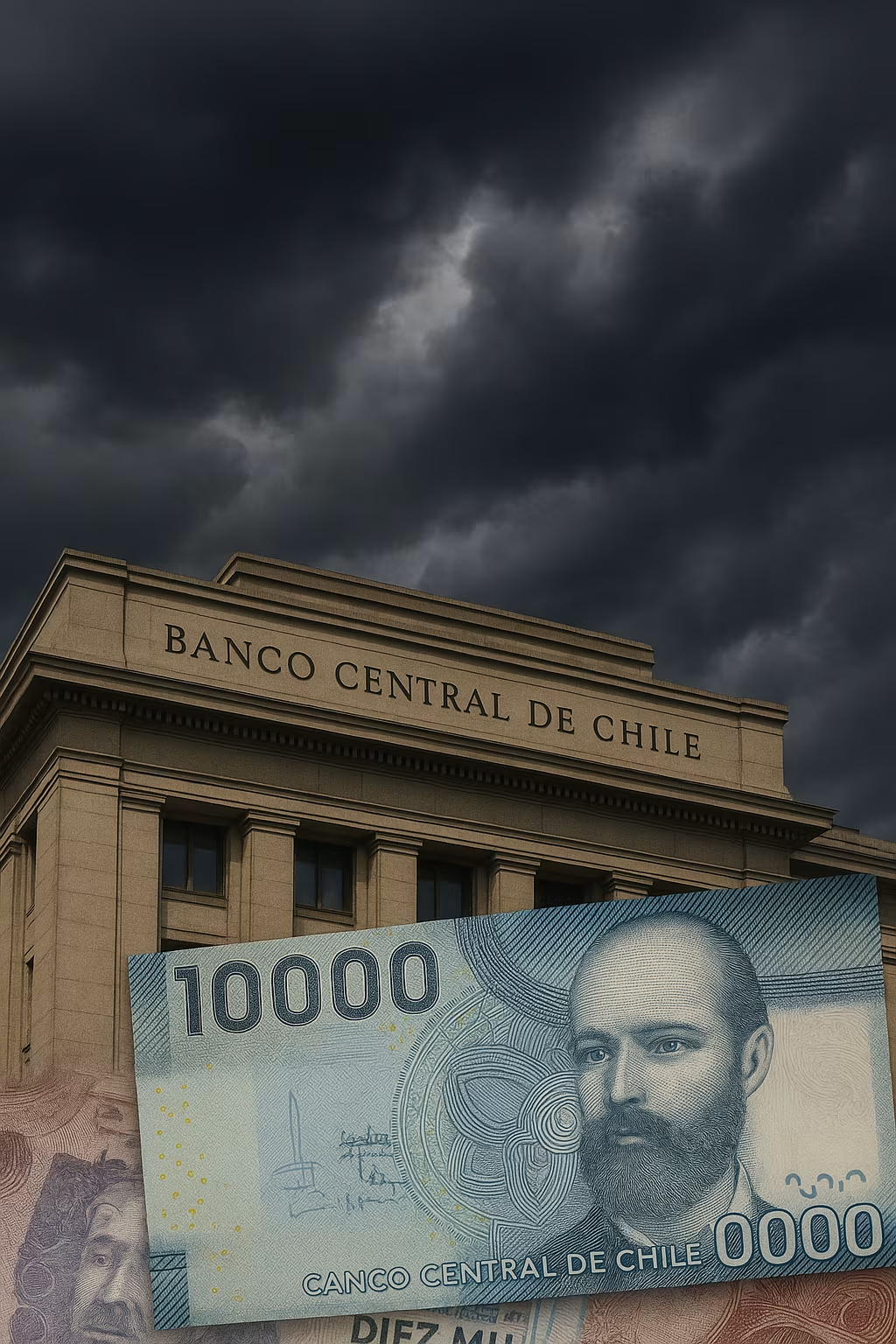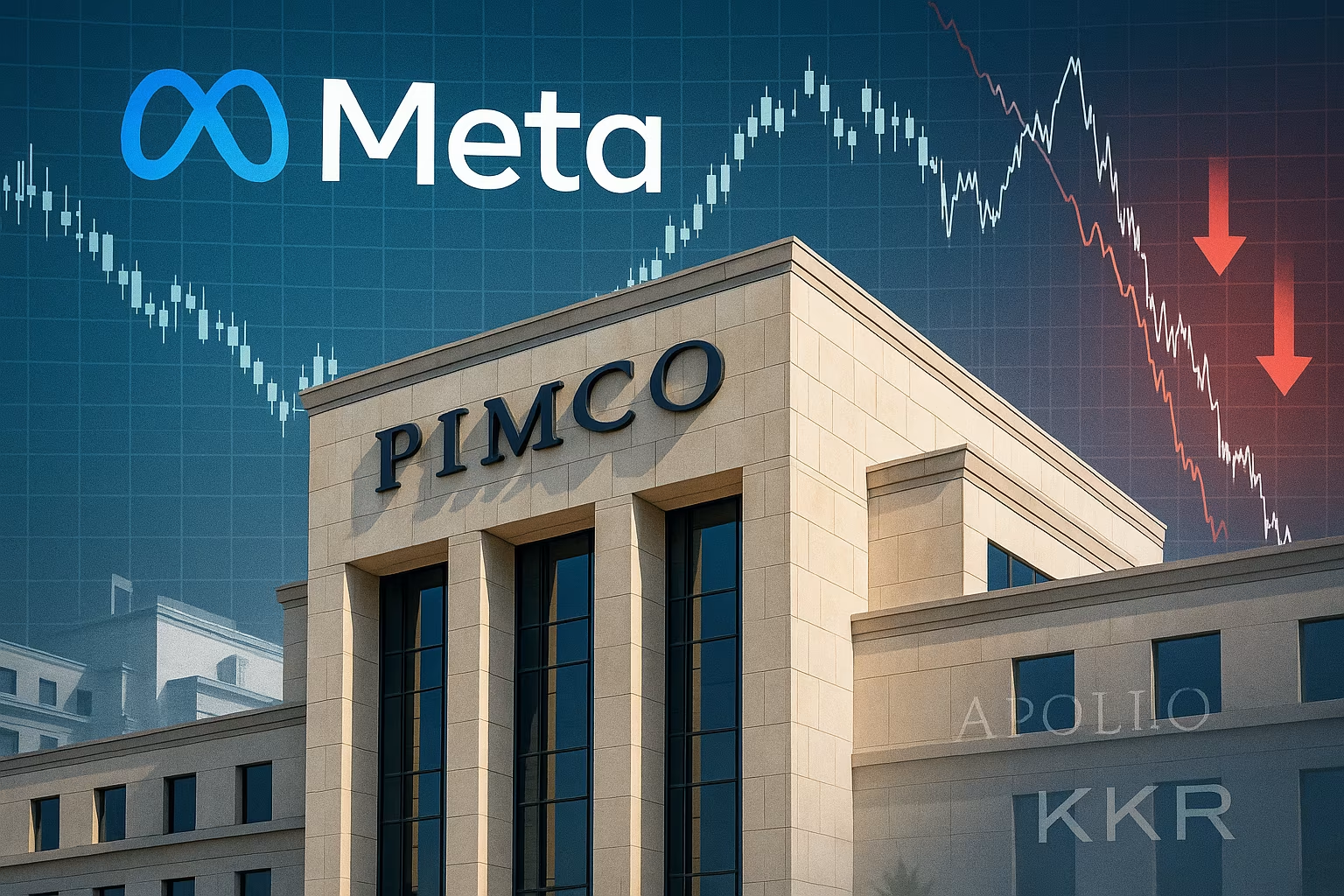Emerging market (EM) currencies strengthened on Tuesday as the U.S. dollar weakened, providing much-needed relief after weeks of volatility. The shift in currency markets coincided with a partial rebound in global equity markets, as risk appetite improved following a decline in U.S. Treasury yields and a more cautious tone from Federal Reserve officials.
The combined effect of a softer dollar and firmer equity sentiment gave investors an incentive to rotate back into emerging assets, lifting currencies from Latin America to Asia.
Dollar Weakness Spurs Emerging Market Rally
The U.S. dollar index (DXY) slipped to multi-week lows as investors reassessed the trajectory of U.S. interest rates. Weaker-than-expected U.S. economic data and slightly dovish commentary from Fed policymakers led traders to scale back bets on further aggressive tightening.
Lower U.S. yields reduce the dollar’s yield advantage over other currencies, making EM assets more attractive by comparison. Many emerging markets offer higher nominal interest rates, meaning a weaker dollar can significantly enhance carry trade appeal.
Notable Currency Movers
Several EM currencies posted notable gains. The Brazilian real rose more than 1% against the dollar, buoyed by strong domestic data and firm commodity prices. In Asia, the Indonesian rupiah and Thai baht also advanced, supported by healthy trade balances and tourism revenues.
The South African rand extended its recovery after a prolonged slump, benefiting from improved global risk sentiment and rising precious metals prices. Meanwhile, the Mexican peso gained as traders continued to see it as one of the most liquid proxies for EM currency exposure.
Stocks Recover as Risk Appetite Improves
Global equities, which had been under pressure from concerns over slowing growth and high borrowing costs, pared earlier losses as U.S. bond yields declined. The drop in yields eased pressure on valuations, particularly in technology and growth-oriented sectors, and encouraged investors to cautiously re-enter risk assets.
Emerging market stock indices followed the trend, with gains in Brazil, South Korea, and India helping to lift broader benchmarks. The rally was aided by optimism that U.S. monetary policy might be nearing a plateau, reducing the risk of further liquidity tightening.
Commodity Prices Add Support
Stronger commodity prices also contributed to the gains in several EM currencies. Crude oil extended its recent rally on signs of tightening supply, while industrial metals like copper and aluminum rose on expectations of stronger demand from China’s stimulus measures.
For resource-rich emerging economies, higher commodity prices translate into improved terms of trade, stronger export earnings, and healthier fiscal positions—factors that tend to bolster currency valuations.
Fed Policy Outlook Remains Key
While the recent rally in EM currencies is encouraging, market participants remain highly sensitive to shifts in U.S. monetary policy expectations. A surprise hawkish turn by the Fed—driven by stronger-than-expected inflation or employment data—could quickly reverse the current dollar weakness.
For now, however, investors appear more focused on the possibility that U.S. rates have peaked, with some expecting modest cuts in 2025 if economic growth slows further.
Emerging Market Fundamentals Still Matter
Despite the favorable external backdrop, analysts caution that not all EM currencies will benefit equally. Countries with strong fiscal positions, healthy current account balances, and credible monetary policy frameworks are more likely to attract sustainable inflows.
Conversely, nations with large external financing needs or political instability could remain vulnerable to sudden reversals in capital flows. The current environment offers opportunities, but selectivity remains essential.
Portfolio Flows Show Tentative Return
Recent data from the Institute of International Finance (IIF) suggests that portfolio flows into emerging markets have turned positive after several weeks of outflows. Bond markets saw modest inflows, while equity markets attracted stronger interest, particularly in Asia.
This tentative return of foreign capital reflects improved risk sentiment, but market strategists warn that flows could remain volatile in the months ahead, especially if geopolitical risks flare or global growth slows sharply.
Geopolitical Factors in Play
The currency and equity moves also come against a backdrop of ongoing geopolitical uncertainty. Tensions in global trade, the war in Ukraine, and energy market disruptions continue to pose risks to the global economic outlook.
However, some investors see diversification into emerging markets as a partial hedge, particularly in economies less directly exposed to these geopolitical flashpoints.
Longer-Term Perspective for EM Currencies
In the longer term, sustained strength in EM currencies will depend on a combination of domestic reforms, external demand conditions, and the path of global interest rates. The shift toward de-dollarization in some parts of the world and the growth of alternative payment systems could also influence currency dynamics in the years ahead.
For now, the interplay between a softer dollar, stable commodity prices, and improving risk sentiment offers a supportive near-term environment for many emerging market currencies.
The rally in emerging market currencies highlights how shifts in the global dollar cycle can quickly reshape investor sentiment. With the U.S. dollar retreating from recent highs and global equities showing signs of stabilization, risk appetite has improved, encouraging capital flows back into emerging assets.
While the outlook remains contingent on U.S. policy developments and broader macroeconomic conditions, the latest moves suggest that EM currencies could retain their upward momentum if the dollar stays on the defensive and market conditions remain favorable.





